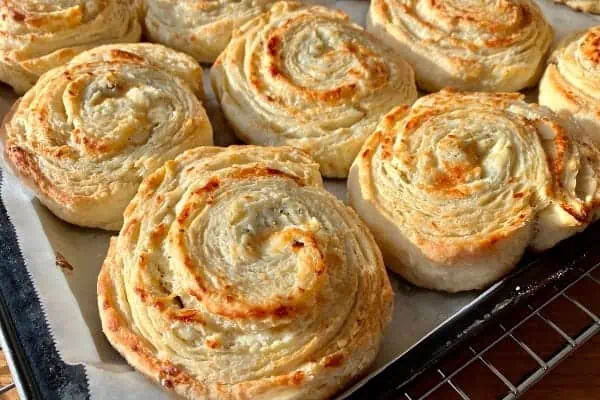I was introduced to a neighbour who is planing to open a restaurant and it got me thinking about wine glasses.
The restaurant is expecting to serve red and white wine, something bubbly, and some port-style wines. This covers pretty much the range that any basic wine drinker might expect to taste at home. It occurred to me that any wine enthusiast can enhance their wine-drinking experience by spending a little money over the course of a couple of months and have a really nice selection of proper wine glasses.
There are wonderful wine glass makers like Reidel that make marvellous glasses for each different wine. You can buy Bordeaux and Burgundy glasses, glasses for Italian Brunellos, and a wide range of different sizes and shapes crafted for different wine types.
And that’s just the red wine glasses.
White wine glasses are generally a little smaller than red, and again there are glasses you can buy for Chablis, Chardonnay and even lovely green-stemmed “hock” glasses for German whites.
I’ve got lovely English-cut crystal wine glasses that we got when we were married, and we collected quite a set of them over the years. They look lovely, and I really enjoy serving dinner with them, but every time we broke one, we cringed, and there was $30 down the drain.
My favourites are some simple 20-ounce Italian lead crystal red wine glasses I bought on sale for $2 each about six years ago. They have a simple shape with the lip of the glass slightly smaller in diameter than the widest part of the bowl. They have comfortable stems to hold, and a nice thin lip.
Don’t get coloured glass, you want to be able to look at the colour of the wine when you hold it up to the light.
I’ve found these sort of basic wine glasses pretty tough, and when I have busted one, at $2 a piece, I just laugh and pull out another one. Drinking wine should be a relaxing experience, so why add tension by worrying about whether you or one of you guests will break your precious, expensive crystal?
You could also look at stemless wine glasses, which are becoming more popular. Again, look for a volume of 18 to 24 ounces, and you can use them for both red and white wine.
I like the elegance of glasses with stems, but stemless DO have a lower centre of gravity (less likely to tip over) and require less shelf space to store.
I use my 20-ounce glasses for both red and white wine, and fill them less than a third full, as you want to leave plenty of air in the glass to interact with the wine, and let you really bury your nose in the glass and smell the bouquet (smell) of the wine.
Buy six, and you’re covered for most occasions. I’ve found very satisfactory examples of both stemmed and stemless glasses at Superstore, Canadian Tire and Coffee Tea & Spice.
For champagne, Prosecco, Spumante and other sparkling wines, you want a champagne “flute” or tulip-shaped glass. Your grandmother might have had those old-fashioned wide, shallow champagne “coupe” glasses, supposedly modelled on the breast of Marie Antoinette, but then your grandmother would have missed the sight of the bubbles streaming up the flute, and her Champagne would have been pretty flat, pretty fast.
Again, go simple, no cut glass, just a simple flute or tulip shape, a thin lip, and try to find a glass that isn’t too tippy.
Fill them about two-thirds full.
Finally, for Ports, Sherries and Madeiras, choose some glasses with a volume of six to eight ounces, and don’t fill them more than half full.
That is the selection of glasses that I am suggesting to the new restaurant, and I’d make the same suggestion to any wine drinker.
Cheers!




